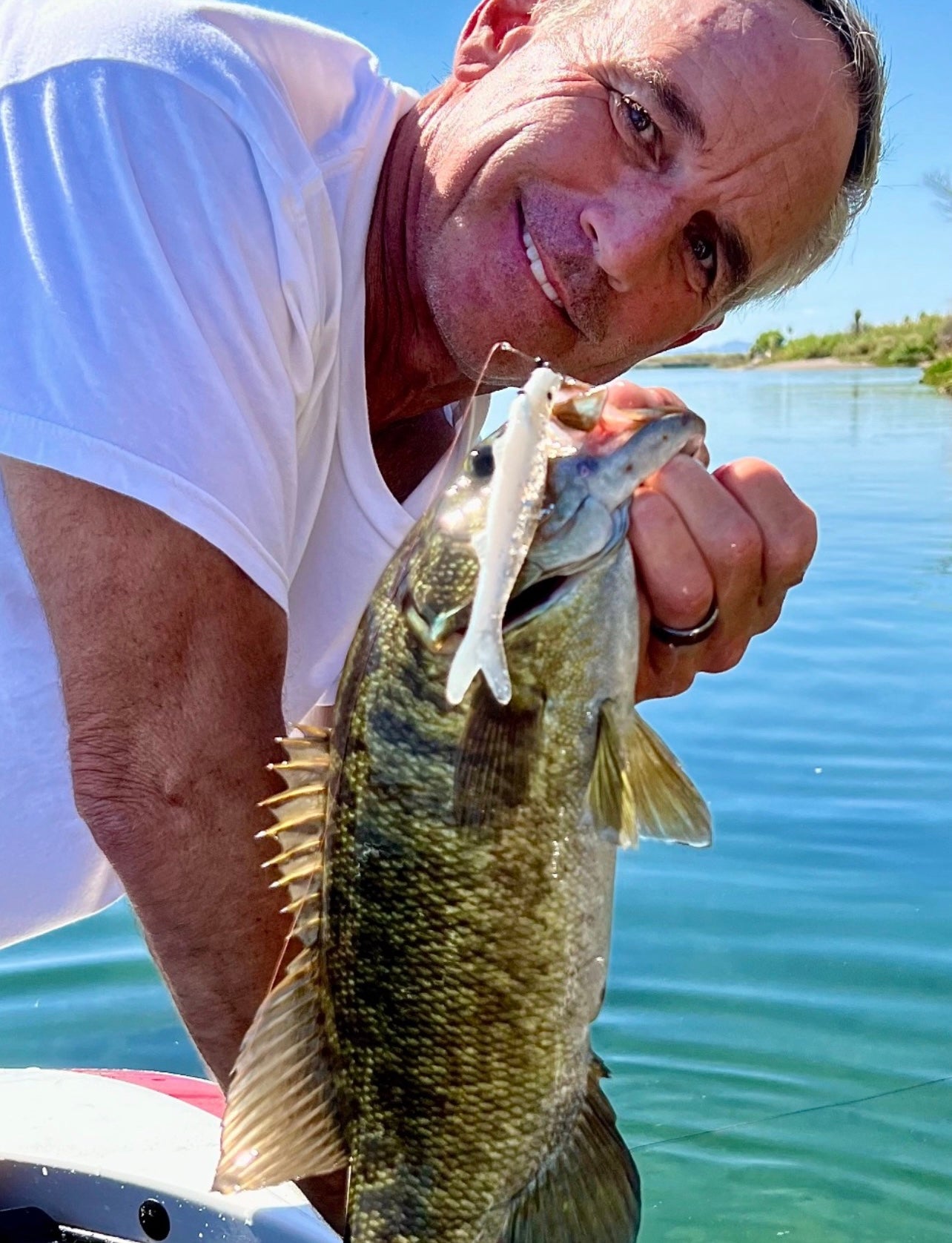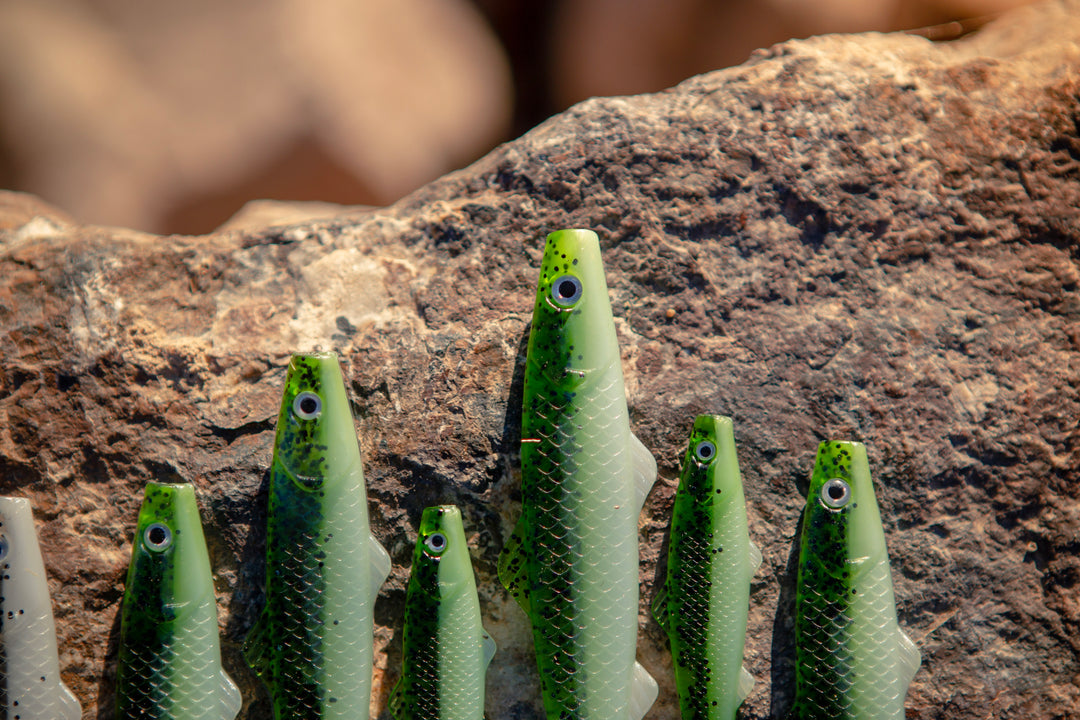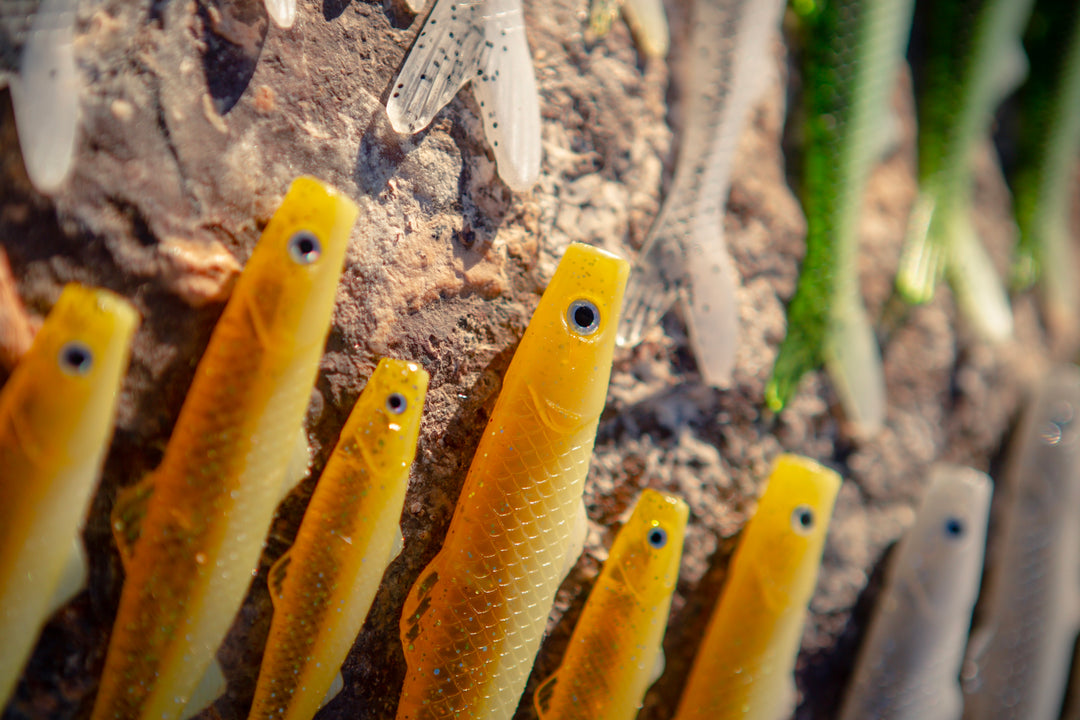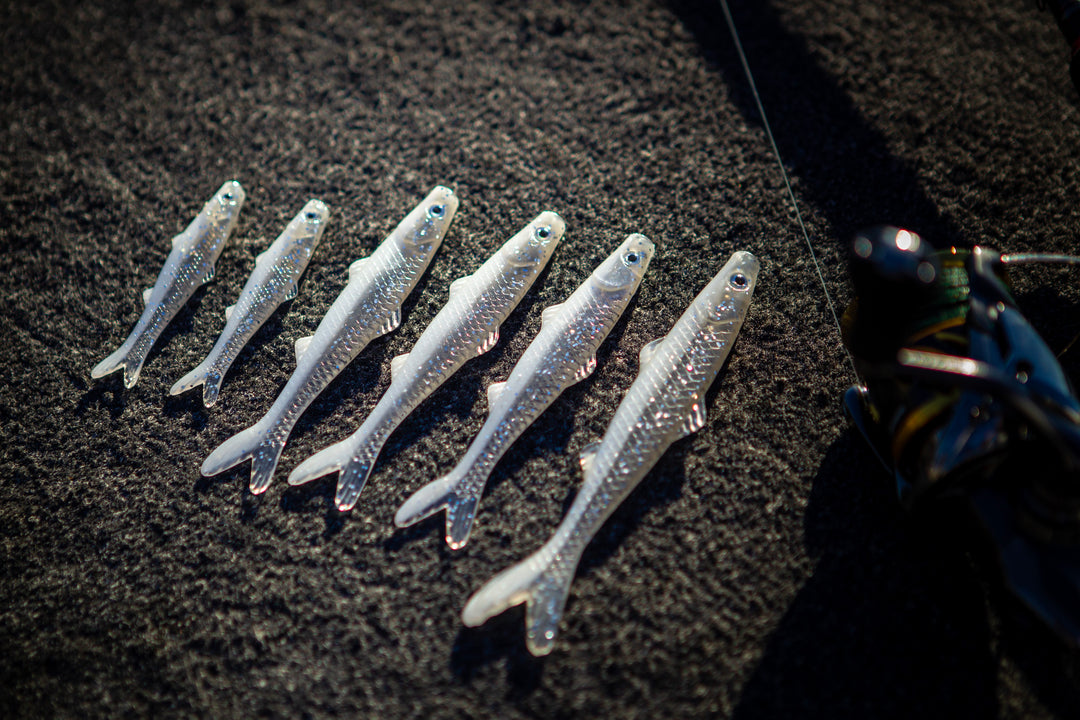Smallmouth Bass Behavior: Seasonal Patterns and Feeding Habits

Smallmouth bass, a prized sportfish known for its spirited fights and acrobatic displays, exhibits distinct seasonal patterns and feeding behaviors. Understanding these nuances is crucial for anglers seeking to optimize their chances of a successful catch. Let’s look into the smallmouth bass’ behavior across the seasons, as well as the art of selecting the right techniques and lures to entice these elusive creatures.
As the temperatures rise during spring, smallmouth bass become more active. Look for them in shallower waters near rocky structures and gravel beds, where they spawn. During this period, they are protective of their nests, making finesse presentations and soft plastics effective choices. Incorporating the lifelike action of the Banjo Minnow can trigger their predatory instincts and result in a successful catch.
In the warmer summer months, smallmouth bass often move to deeper waters to find cooler temperatures. Focus on drop-offs, ledges, and submerged structures. Topwater lures can be enticing during dawn and dusk, while jigs, crankbaits, and ned rigs with a small Banjo Minnow work well in the midday heat. The versatility of the Banjo Minnow allows you to adapt to the bass's preferences, increasing your chances of a productive summer fishing excursion.
As autumn arrives, smallmouth bass display heightened feeding activity, preparing for the upcoming winter. Target rocky points and deeper channels where they congregate. Banjo Minnows, jerkbaits, and swimbaits mimic the movements of baitfish, proving effective during this season. The Banjo Minnow lure, with its realistic design, can be a game-changer in enticing smallmouth bass during their fall feeding frenzy.
Winter brings a slowdown in smallmouth bass activity. Seek out deep, slow-moving pools where they may be congregated. Slow presentations, such as jigs crawled along the bottom, can entice lethargic bass in colder water. While the Banjo Minnow may not be the primary choice in winter, experimenting with its subtle movements might still yield success in enticing sluggish bass.
Smallmouth bass are opportunistic feeders, preying on a variety of aquatic life. Their diet includes crayfish, minnows, insects, and smaller fish. Understanding their preferred forage allows anglers to tailor their approach accordingly. Cracking the code of smallmouth bass behavior across the seasons requires a keen understanding of their environment and feeding habits. Armed with the right techniques and lures, such as the Banjo Minnow, anglers can elevate their chances of a successful outing, creating memorable moments on the water as they unlock the secrets of these captivating fish.




